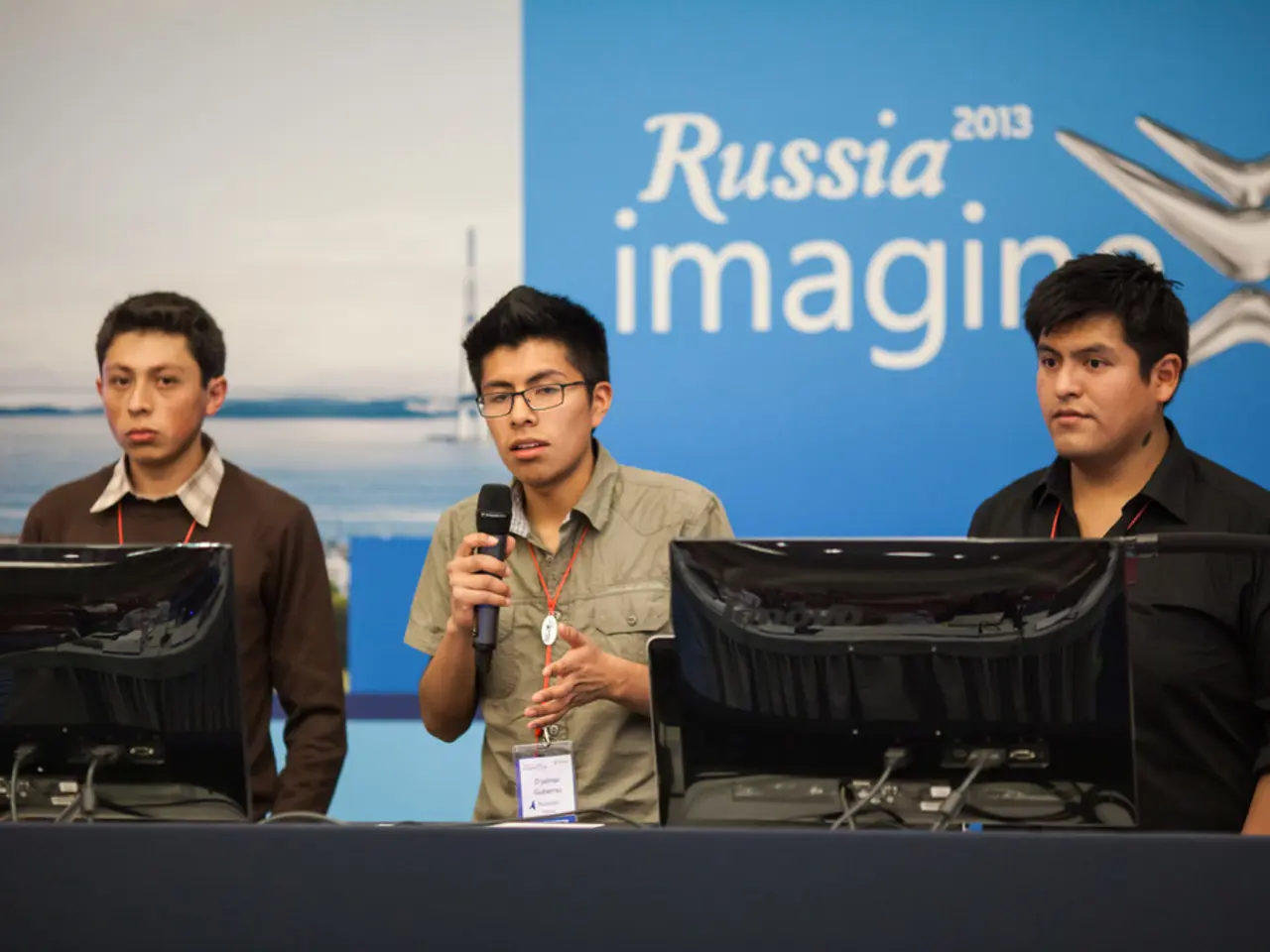OpenAI Debuts First European Data Centre in Narvik, Norway
OpenAI, the leading artificial intelligence (AI) research and deployment company, has announced the launch of its first European AI data center. Named Stargate Norway, this state-of-the-art facility is a 50/50 joint venture between Norwegian industrial firm Aker and British AI cloud infrastructure provider Nscale.
Located in Kvandal near Narvik, Norway, Stargate Norway leverages the region's abundant renewable hydropower. The data center will initially offer 230 MW of power capacity, scalable up to 290 MW, powering up to 100,000 NVIDIA GPUs by the end of 2026.
Stargate Norway is more than just a data center. It is a digital-industrial platform designed to empower the region's ability to innovate with world-class AI tools. The initiative aims to provide nations with locally governed compute infrastructure, supporting Europe's AI sovereignty goals by hosting sensitive AI workloads on local infrastructure with guaranteed data sovereignty and energy sustainability.
Norwegian startups, scientific researchers, and the local AI ecosystem will receive priority and local access to the computing resources. This includes Norwegian public institutions, researchers, and early-stage AI companies. The waste heat from the data center will be repurposed for district heating and low-carbon industrial use in Narvik and surrounding communities.
The partnership between Aker, Nscale, and OpenAI has formed a $1 billion joint venture for the project. Nscale and Aker have committed to funding the first ~20 MW phase of Stargate Norway, with additional capital to be raised as capacity scales. Surplus capacity from Stargate Norway will be made available to partners across the Nordics, the UK, and Northern Europe.
Stargate Norway will deliver up to 520 megawatts of power capacity over time, making it one of the world's largest GPU facilities. The site will use closed-loop liquid cooling to ensure energy efficiency and minimal environmental impact. The data center will supply compute to a wide range of workloads, including AI training, inference, and large-scale scientific simulations.
Øyvind Eriksen, President and CEO of Aker ASA, stated that Stargate Norway is a digital-industrial platform designed to empower the region's ability to innovate with world-class AI tools. He added that the project is part of OpenAI's new initiative, "OpenAI for Countries".
OpenAI has acted as the initial offtaker for Stargate Norway, with future expansion left open for both public and private partners. This strategic move aligns with Norway's long-standing commitment to sustainable industry, making it a strategic choice for the location of the data center.
In conclusion, Stargate Norway represents a significant step forward in the development of sustainable, locally governed AI infrastructure in Europe. The partnership between Aker, Nscale, and OpenAI brings together industrial, energy, and AI expertise to deliver a renewable-powered AI data center that supports localized AI development across Norway and Europe under the OpenAI for Countries initiative.
- The digital-industrial platform, Stargate Norway, not only offers high-power capacity for AI training and large-scale scientific simulations, but it also aligns with OpenAI's new initiative, "OpenAI for Countries," focusing on the development of sustainable, locally governed AI infrastructure in environmental-science fields.
- As climate-change concerns grow, this renewable-powered AI data center, Stargate Norway, contributes significantly to technology advancements, as it not only supports localized AI development across Norway and Europe, but also repurposes waste heat for district heating and low-carbon industrial use, thus promoting energy sustainability.




